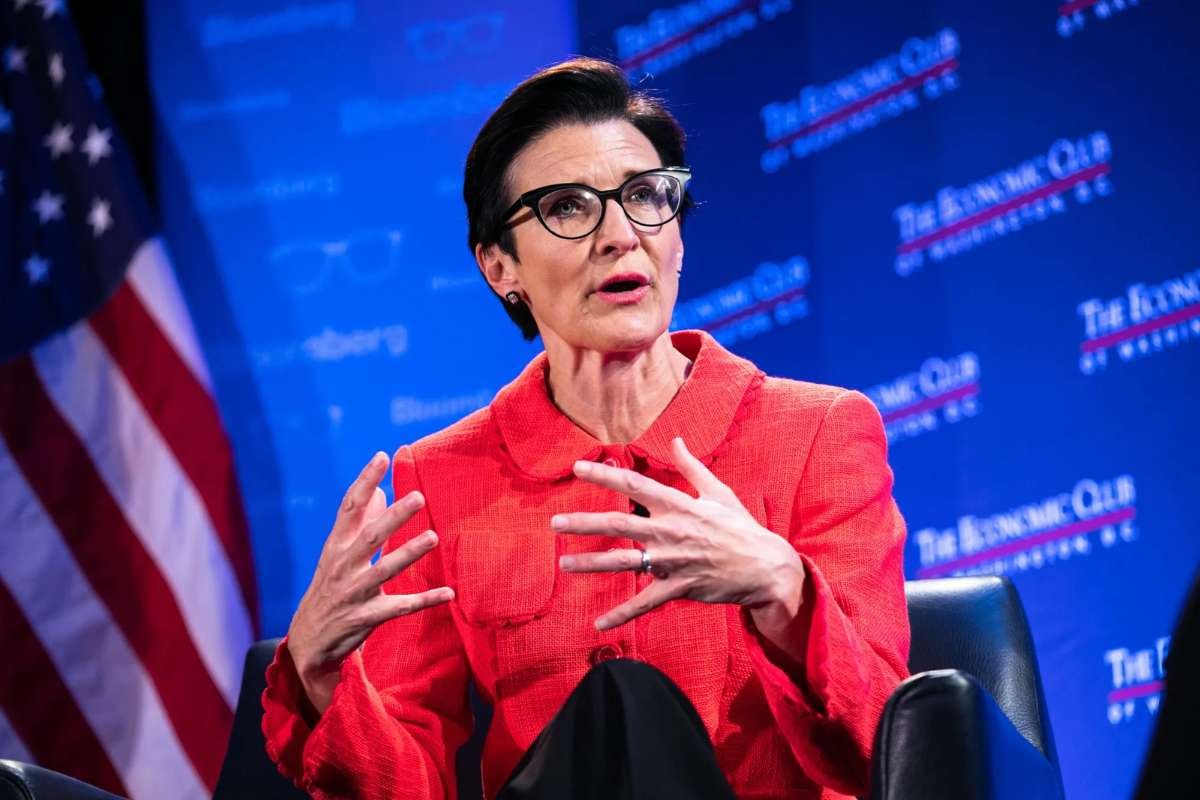Key Points:
- Citigroup CEO Jane Fraser says stablecoins are overhyped.
- She backs tokenized deposits for safer, 24/7 digital banking.
- Tokenization could expand to equities, commodities, and more.
Citigroup CEO Jane Fraser has voiced concern that the financial industry is placing too much emphasis on stablecoins, arguing instead that tokenized deposits represent the real future of digital banking. Speaking during a recent earnings call, Fraser explained that while stablecoins have helped shape the early stages of digital finance, they carry significant operational and regulatory complexities that banks could avoid by prioritizing tokenized deposits.
She emphasized that tokenized deposits, digital representations of traditional bank deposits built on blockchain infrastructure, offer smoother and more compliant payment solutions. Unlike stablecoins, which often face stricter scrutiny under anti-money laundering (AML) and tax laws, tokenized deposits exist within the regulated banking system, providing institutions with a safer and more transparent pathway toward digital finance.
Jane Fraser clarified that Citi continues to offer infrastructure supporting stablecoin-related services such as custody, cash management, and on/off ramps, but she believes the market’s obsession with stablecoins has overshadowed the greater long-term potential of tokenized deposit technology.
Tokenized Deposits Offer Practical and Scalable Solutions
According to Jane Fraser, institutional clients are increasingly demanding real-time, borderless, and interoperable payment systems that can operate 24/7. She asserted that tokenized deposits are far better suited to deliver these capabilities.
Citi has already developed a 24/7 U.S. dollar clearing system, connecting over 250 banks across more than 40 markets worldwide. This system allows clients to move funds instantly and securely, enabling frictionless settlements and greater liquidity management.
Fraser also noted that while the technology is ready, many corporate treasury teams are still structured around traditional business hours and are not yet equipped to manage an always-on digital environment.
She added that tokenized deposits also simplify compliance, reducing the accounting and regulatory workload often associated with stablecoins. In her view, tokenized deposits present a low-risk, high-efficiency solution that bridges the gap between traditional banking and next-generation digital finance.
A Broader Vision for Tokenization and the Future of Finance
Looking ahead, Jane Fraser envisions tokenization extending beyond payments to encompass equities, commodities, and energy markets, allowing for real-time issuance and settlement of assets on regulated blockchain networks.
She emphasized that regulators are increasingly open to responsible innovation, a shift that could accelerate the mainstream adoption of tokenized financial instruments. By aligning digital solutions with existing regulatory frameworks, Jane Fraser believes tokenized deposits will soon become a core component of global banking infrastructure.
Citi’s leadership in this area marks a broader strategic pivot: moving away from speculative enthusiasm around stablecoins and toward a more institutional, compliant, and scalable model of digital finance. For the global banking giant, tokenized deposits are not just a new tool—they represent the foundation of the future financial ecosystem.









